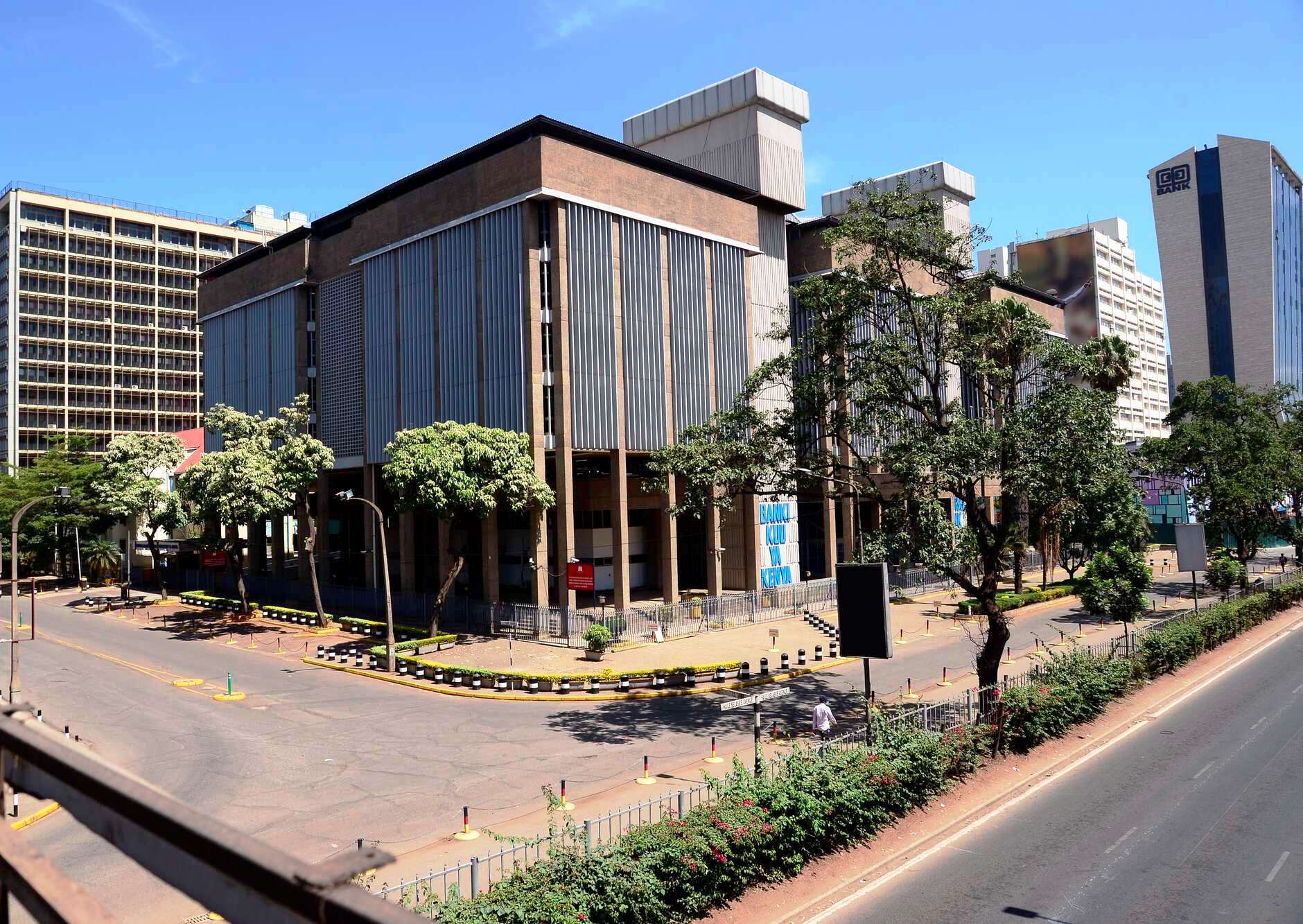The asset base of Kenya’s banking sector fell by 2.7% to Ksh 7.5 trillion in March 2024, down from Ksh 7.7 trillion in December 2023, according to the latest Credit Officer Survey from the Central Bank of Kenya. The survey also revealed a 2.8% decline in gross loans, dropping from Ksh 4.2 trillion in December 2023 to Ksh 4.08 trillion.
The report highlighted that the decline in gross loans primarily affected the manufacturing, personal and household, trade, and real estate sectors, largely due to decreased foreign exchange rates. Foreign currency loans fell from Ksh 1.2 trillion in December 2023 to Ksh 990.2 billion in March 2024.
Total deposits decreased by 4.9%, from Ksh 5.8 trillion to Ksh 5.5 trillion, with interest-bearing deposit growth slowing as rates fell. Additionally, foreign currency deposits dropped from Ksh 1.9 trillion to Ksh 1.63 trillion. Asset quality worsened, with the ratio of gross nonperforming loans (NPLs) to gross loans rising from 14.8% to 15.7%. This was attributed to a 3.2% increase in gross NPLs alongside the decline in gross loans. Conversely, the capital adequacy ratio increased slightly to 18.6% in March 2024, up from 18.3% in December 2023.
Profit before tax for the first quarter rose by Ksh 25 billion, from Ksh 48.5 billion in December 2023 to Ksh 73.5 billion in March 2024. This increase in profitability was largely due to a Ksh 9.1 billion rise in quarterly income and a Ksh 15.9 billion reduction in expenses. The return on equity (ROE) improved from 23.0% to 27.8%, reflecting a higher profit increase compared to the growth in shareholders’ funds.
Liquidity in the banking sector also saw an improvement, rising from 51.0% in December 2023 to 53.6% in March 2024, well above the minimum statutory requirement of 20%. In the first quarter of 2024, perceived demand for credit remained steady across 10 economic sectors, with an increase noted in the trade sector. Credit standards remained unchanged in 10 sectors, although they were tightened in the personal and household sectors.
Respondents expect the level of NPLs to remain stable in eight sectors while anticipating increases in personal and household and trade sectors and a decrease in the transport and communications sector over the next quarter. During this period, banks plan to intensify credit recovery efforts in eight sectors while maintaining them in three sectors (mining and quarrying, energy and water, and financial services) to enhance overall asset portfolio quality.
Additionally, 65% of respondents reported improved liquidity positions. Banks plan to allocate this additional liquidity primarily towards private sector lending (33%), Treasury Bills (24%), interbank lending (21%), Treasury Bonds (19%), leveraging CBK liquidity through repos (2%), and increasing cash holdings (2%).





